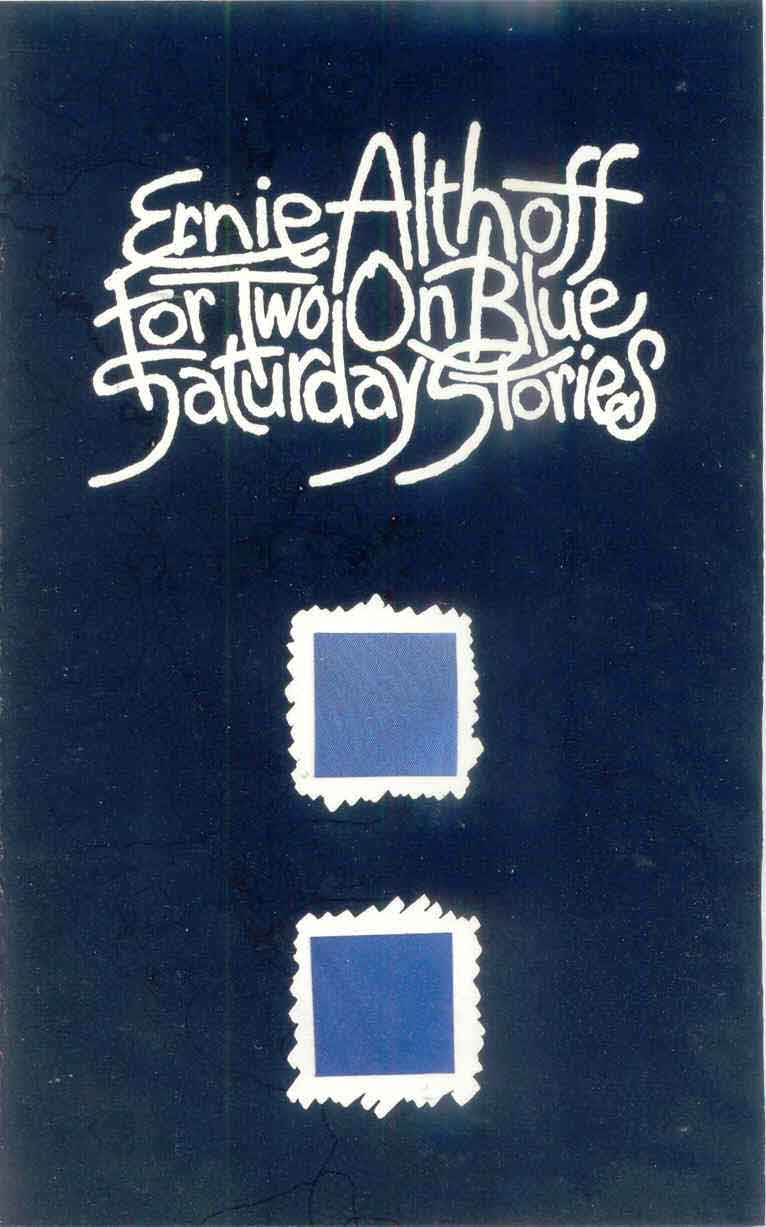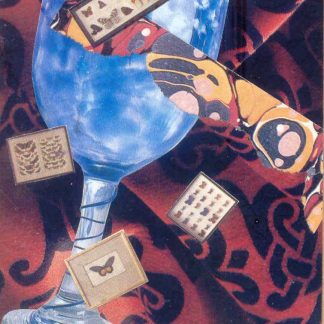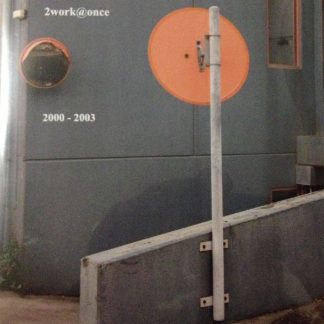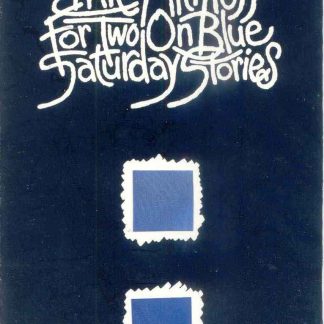Description
Reissue notes
On 15 March 1987, I sat on the sun-drenched bank of the Yarra River near the Fairfield Park boat house, making a recording with my SonyPro Walkman and Aiwa binaural headset microphones. Not overly high-end equipment, but good enough to capture a diverse and interesting soundscape: the high-pitched ringing calls of bellbirds, the distant whine of a chainsaw and other woodwork sounds, a light aircraft, children calling, dogs barking, and the ‘clunk’ of oars in the rowlocks of pleasure craft on the river.
I later noticed how similar in timbre the bellbird calls sounded to some of the aluminum extrusion windchimes I’d recently been making. When I was asked by my local council community arts officer if I’d like to perform something for the Malvern Community Arts Festival on 24 May 1987, I decided to write a piece using this similarity. As a venue, I was offered the upstairs foyer in the Town Hall; a long, window-lined space with a worn but still elegant blue carpet. I asked Warren Burt if he’d be the second performer for me and he agreed. In this case, the title came almost before the piece. The live version of “For two on blue” became a progression by the duo down the long space, performing the next section of the work (each section having a lower pitch range than the previous) after a relocation. I wanted the work to be an additive accumulation as well, and my answer to this was to use some of my machines to play on after the performers had moved, or to be a final addition, as in the case of the tin cans machine at the end. As well as manual and mechanical sound-making, the piece also included two four-note canons made by digitally sampling percussive sounds onto the new Casio SK-1 portable keyboards that both Warren and I owned. Cutting edge, low budget technology!
Warren really liked the piece, and when he became Composer in residence with the ABC Broadcast Music Department later that year, “For two on blue” was selected to be recorded in an ABC studio for eventual broadcast, along with works by Burt, Rainer Linz, Chris Mann and Amanda Stewart.
Having a piece recorded on 16-track (still analogue in those days) equipment by professional, enthusiastic and co-operative engineers is always a joy. Having performed the piece live, I knew how it worked and it was relatively simple to convert it to a studio environment. This, plus the structure of the work’s additive pitch groups, means that the bellbird calls ring clearly right through to the end of the work. The recording date was 23 September 1987, and the piece went to air on ABC-FM’s Audio Spectrum program on 24 November 1987.
“Saturday stories” had a somewhat more bumpy (in places) ride to its eventual presentation. As the text describes, in August 1987 I was asked by an ABC producer for a work to be played on a Saturday morning program on the AM band. When I enquired about the listening context in order to inform the piece (that’s the way I work), the program was described as a bit of a soft background to mundane Saturday morning activities, so (and I quote) “…please, nothing too esoteric.”
Now we can go in two directions here. We can veer to a path where the composer utilises all at his disposal to make a constructive and self-instructive work; or we can witness the composer, slighted at his ‘pearls’ being undervalued, extracting a snide and sarcastic revenge! After the producer heard the finished product, the latter was unfortunately assumed and the work was rejected. Luckily, Warren Burt’s Composer in residence position rescued the piece, and it too was played on the 24 November Audio Spectrum program on ABC-FM.
The quirkiness of the text and its structure owe a good deal to the ‘propositional linguistics’ practices of Chris Mann, who taught me to be brave, from both observation and collaboration.
The piece was written directly for a studio environment. The ABC engineer looked at my linear score showing the different channels of sounds as I envisaged them, and suggested a three-stage approach to the job. First we recorded the background texture: the table tennis balls machine (Machine 1 on “Music for seven metal machines”) in the studio, a cassette tape (percussion using the metal slatted front of a gas wall-furnace) into the desk, and me playing samples on my Casio SK-1 also straight into the desk. The second layer was the text: me reading in the studio. The third layer consisted of five small sonic events specifically located in relation to the text. They’re very quiet, except for the ducks at the end of the piece. I remember the work put into that little bit – the quick fade-in at just the right moment so the ‘quack-quack-quack’ sat just right. The recording date was 9 November 1987.
Some years later, I dined with a group of people at a friend’s house. Also at the table was another composer (more aligned to standard notation and conventional instruments) and his wife. In the course of the conversation, he told me how much he’d enjoyed my sound installation with the little cars that struck the suspended percussion objects. When I told him that I’d never built that installation, and that it had only ever existed as a verbal description on a cassette, he was shocked and adamant. “Darling”, he said to his wife, “you remember seeing Ernie’s installation with the little cars, don’t you?” “Oh yes” she replied, “it was delightful!”
I can conclude two things here: either the suggestive power of the spoken word is hypnotically great; or somebody else built my work and I didn’t get to hear about it!
Ernie Althoff
September 2011




